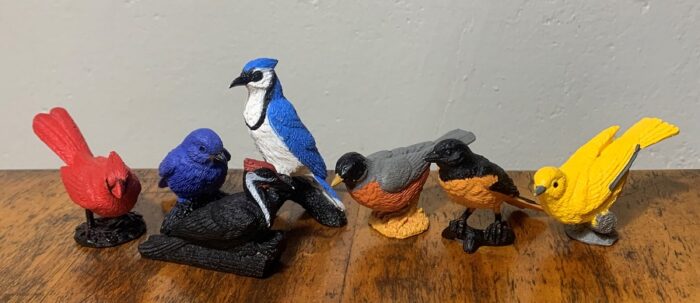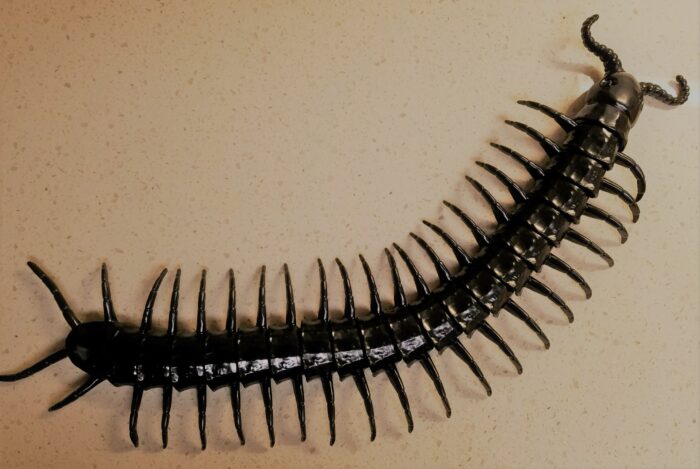Birds are without question the most prevalent tetrapod vertebrates in today’s world and for many people, especially in urban settings, birds are the most intimate link to the natural world available. Step outside, no matter where you are, you’re likely to see or hear a bird. Even as a write, I can see about a dozen birds at my bird feeder.
Brown-Throated Sloth (Wild Life by Schleich)
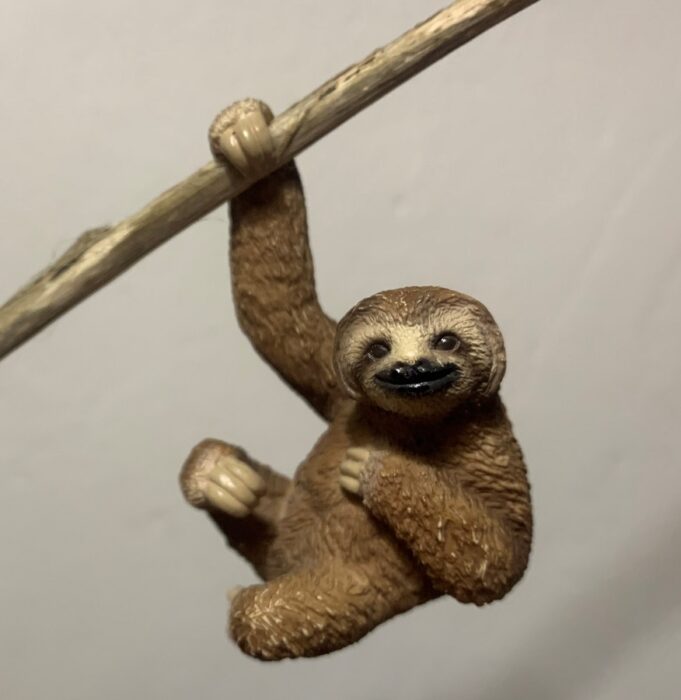
In recent years, the brown-throated sloth (Bradypus variegatus) has seemingly exploded in popularity. It has become a mascot for people that admire or emulate its laid-back, solitary, inactive lifestyle. In addition to that, it’s also unquestionably adorable. This popularity, no doubt accelerated by the internet, movies, and TV shows, has generated a glut of sloth themed merchandise.
Monarch (Wild Animals by Papo)
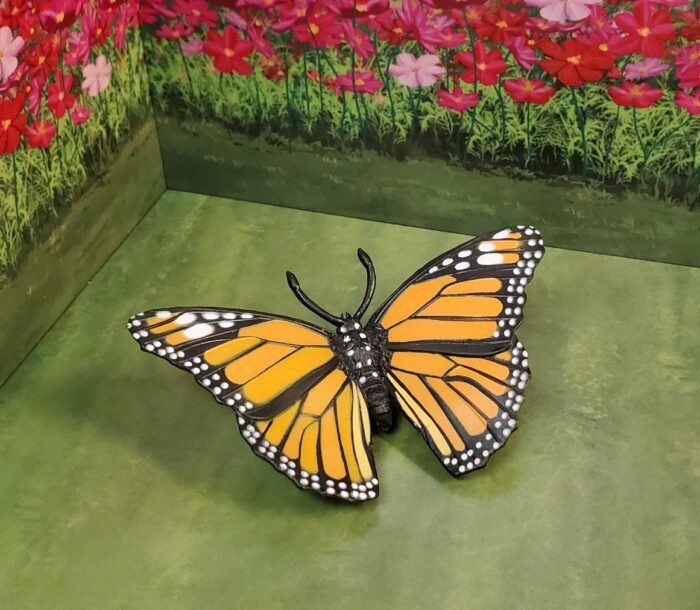
Today I will be continuing the reviews of Papo’s 2020 arthropods with the monarch butterfly, Danaus plexippus. This is one of 5 insects (6 arthropods total) produced by Papo in 2020. Interestingly, it is the only arthropod in their entire collection to-date that is not naturally European, given that Papo is a French company (more on that later).
Giant Armadillo (Authentics Rainforest by Safari Ltd.)
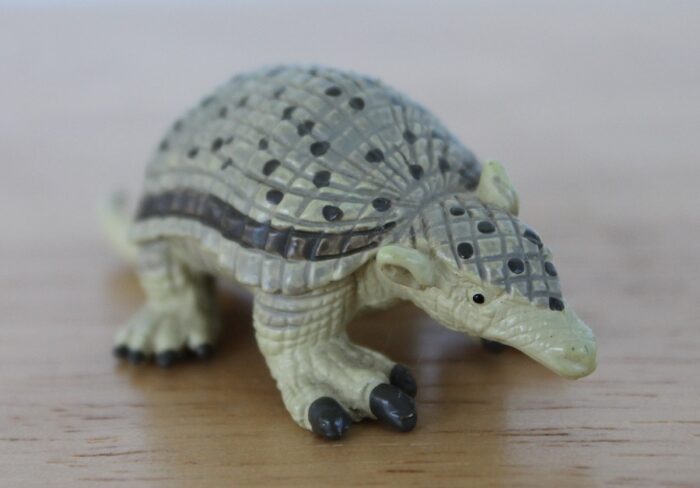
Originally I was going to cover another bird in my next review but then it hit me, I haven’t reviewed a mammal since April with the Safari Great Lakes Toob, and I haven’t reviewed a standalone mammal figure since November 2019! So, to remedy that fact I decided it’s mammal time and that I would have to cover at least one before moving on to my more traditional subjects.
Butterflies to Go (Club Earth)
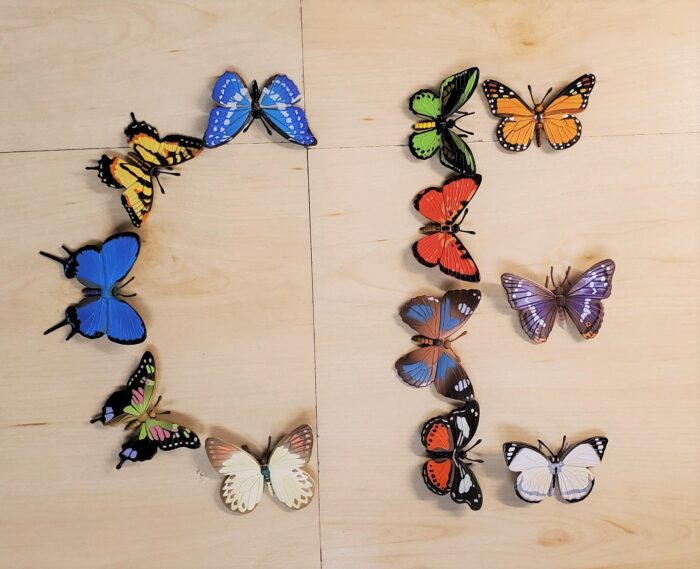
I recently completed a Holy Grail collection, so I thought to share it on the Blog. I am referring to the Butterflies to Go collection by Club Earth. I am not sure when it was released, but it was probably alongside the classic Play Visions collections in the late 1990s. The set consists of 12 species of butterflies.
Centipede (Hyde and Eek! Boutique by Target Brands)
Toco Toucan (Wild Life by Schleich)
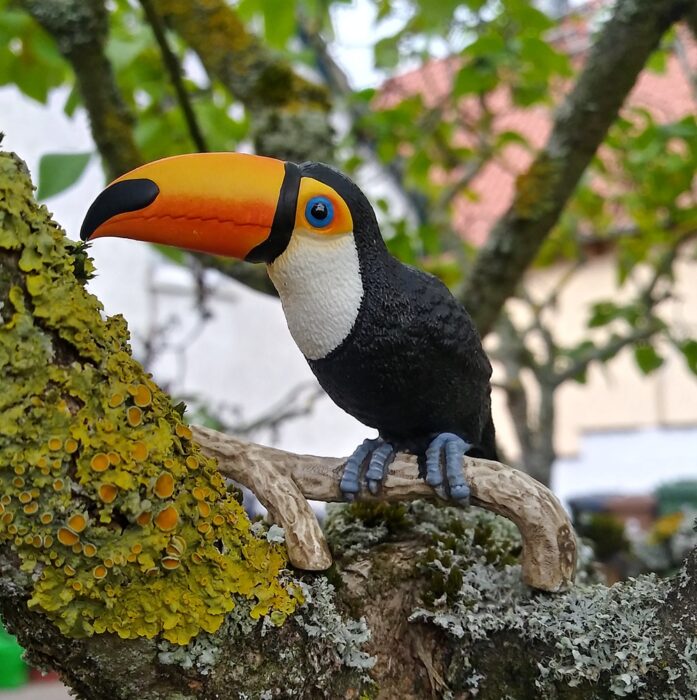
Review and images by Lanthanotus; edited by bmathison1972
The giant toucan or toco toucan (Ramphastos toco) is one of those unmistakable birds almost anyone recognizes even with no ornithological background at all. There are a number of models to choose from generally, although quite a number are hard to come by and the quality is mixed.
Centipede (Little Wonders by CollectA)
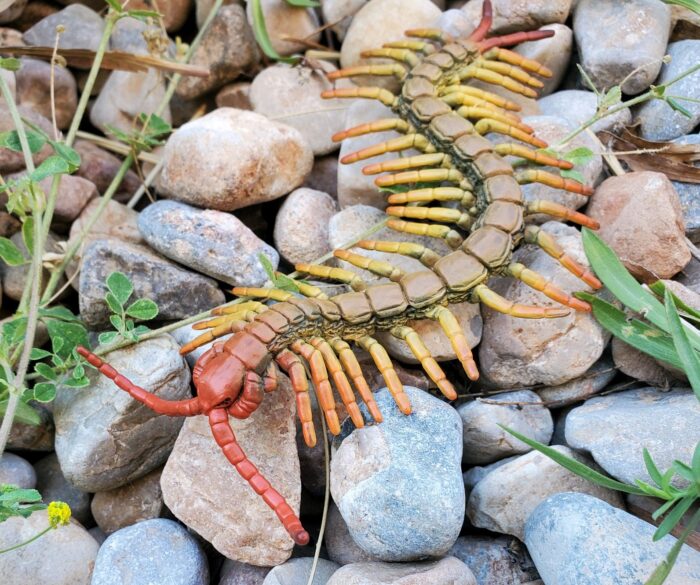
For a while, CollectA lumped their terrestrial arthropods, reptiles, and amphibians under their ‘Insects’ collection. That collection is now referred to as Little Wonders and has two subcategories: Insects and Spiders and Reptiles and Amphibians. I have always loved CollectA’s insects and spiders. Unlike their ungulates and dinosaurs, they are not always the most exotic or unusual species, but I always like their solid design, paint applications, non-gloss finish, and texture.
Tamandua (Miniatureplanet Vol. 5 by Eikoh)
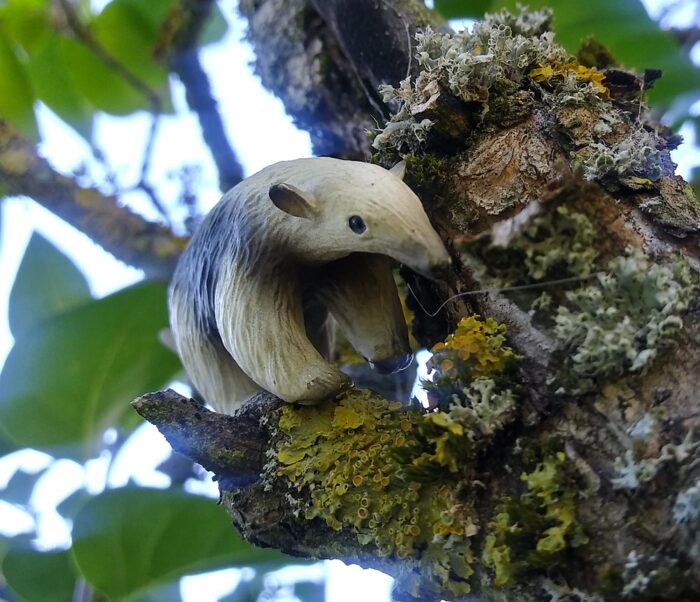
Review and images by Lanthanotus; edited by bmathison1972
Ants are a very common and numerous form of recent insects, and so it is no wonder that there is also a variety of myrmecophagus animals. A lot of them, though by far not all, rely on strong claws and long sticky tongues to get their small quarries out of their narrow burrows.
Mini Insects and Spiders (Mini Animals Collection by CollectA)
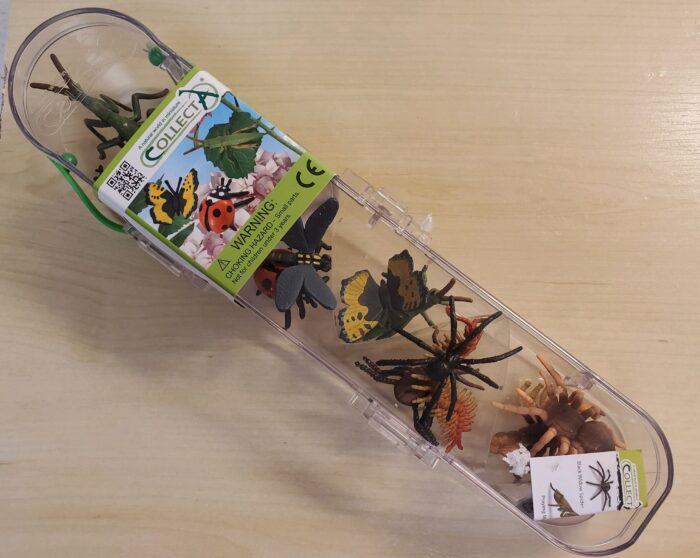
Ever since CollectA started releasing collections of mini dinosaurs based on their larger and standard-size dinosaurs, I knew that if they ever released a set of mini arthropods, it would represent miniature versions of their Insects and Spiders Collection. I was correct. I was not expecting it 2020, but at least I had figured out their plan.
Alpaca (Premier Series by Yowie Group)
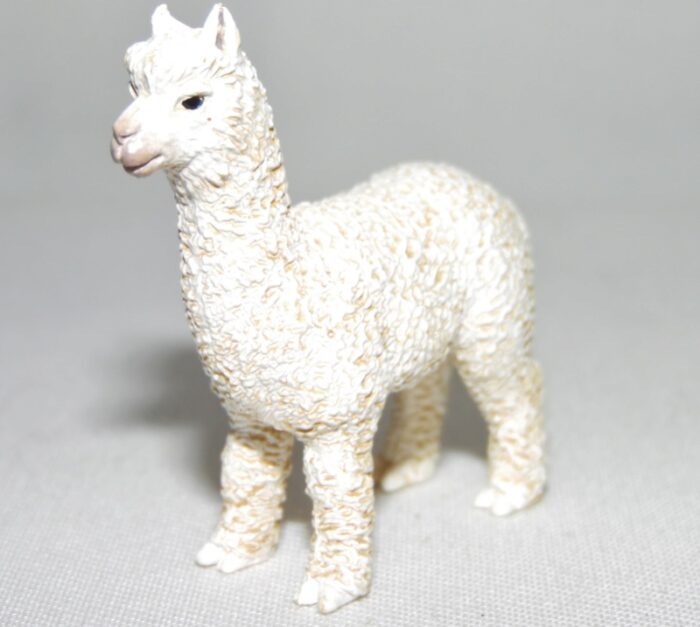
Images by Takama; additional text by bmathison1972
The alpaca (Vicugna pacos) is classified as a thoroughly domesticated animal. Even though it has its own species-level epithet, it is merely the domestic form of the vicuña (V. vicugna). The alpaca, along with its vicuña predecessor and the related llama and guanaco, is a South American camel species.
White-tailed Deer, doe (Terra North American Animals by Battat)
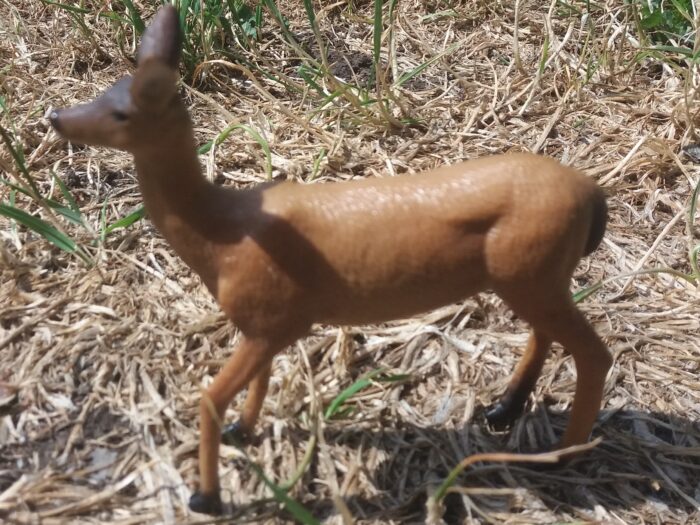
Intraspecific competition has resulted in a variety of species evolving phenomenal anatomical features in order to sort the adults from the juveniles (so to speak). This results in many examples of male creatures being put into toy production, owing to amazing plumage or impressive antlers or horns. This does, however, result in showing the sexual dimorphism of their female counterparts, which do not receive as much attention in figure form.

